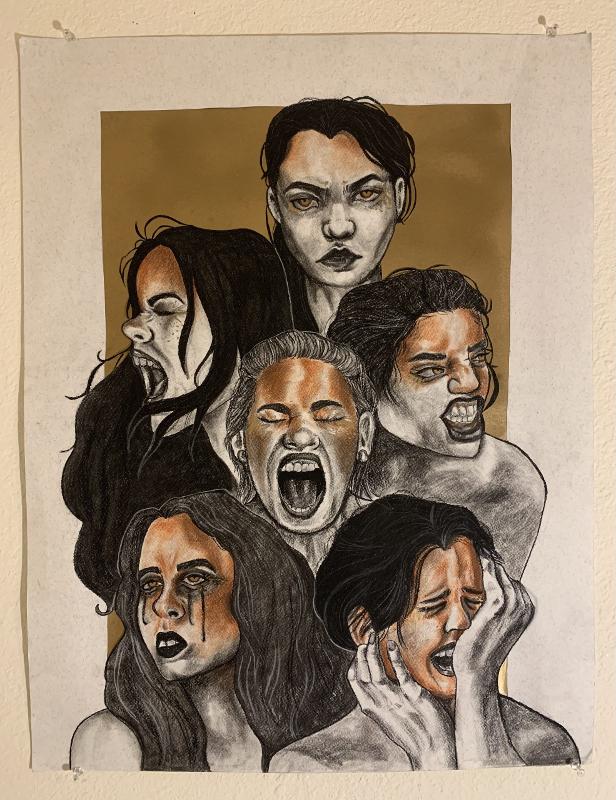As artificial intelligence continues to shape various industries, it is no surprise that the world of art is also experiencing its impact. UM art majors, Pete Eckert and Sky Walters, share their insights on how AI serves as a tool for inspiration and innovation in the realm of digital art.
The Role of AI in the Art World
Discover how artificial intelligence is making its mark in the art industry.
Artificial intelligence is a disruptive force that is set to impact every industry, including the art world. UM art major, Pete Eckert, believes that AI will revolutionize the way artists create and innovate. While AI may not replace human creativity, it serves as a powerful tool for inspiration and exploration.
AI-generated images can be used as a source of inspiration, helping artists discover new color schemes and concepts. Platforms like Pinterest provide a wealth of AI-generated images that artists can draw inspiration from. However, it is important to note that AI should be used as a reference or resource, rather than a means to create the final artwork.
The Limitations of AI in Artistic Expression
Explore the boundaries of AI when it comes to capturing the essence of human emotion and creativity.
While AI has incredible capabilities, it cannot fully capture the nuance and emotion of a living being. According to Pete Eckert, a computer program will never be able to replicate the unique vision and perspective of an artist. True art is judged for its authenticity and the human touch it carries.
AI may be a powerful tool, but it cannot replace the essence of artistic expression. The human element is what makes art truly special and impactful. As AI continues to evolve, it should be seen as another paintbrush in the artist's toolbox, rather than a complete replacement for human creativity.
AI as a Tool for Innovation
Discover how AI is pushing the boundaries of digital art and fostering innovation.
AI is not just limited to being a source of inspiration; it is also driving innovation in the art world. Artists can use AI algorithms to generate unique patterns, textures, and compositions that push the boundaries of traditional art forms.
AI-powered tools and software are enabling artists to experiment with new techniques and styles, opening up a world of possibilities. From generative art to interactive installations, AI is revolutionizing the way we perceive and create art.
The Concerns and Future of AI in Art
Address the concerns surrounding AI's potential to replace artists and its role in future art education.
Many artists have expressed concerns about AI potentially replacing human artists and stealing jobs. Sky Walters, a UM art major, shares these concerns but believes that AI should be seen as a tool rather than a threat.
As AI continues to advance, it is crucial to emphasize the importance of human creativity and originality in art education. AI can be integrated into the curriculum as a reference or resource, but it should not overshadow the unique vision and perspective that artists bring to the table.
Conclusion
Artificial intelligence is revolutionizing the world of digital art, serving as a powerful tool for inspiration and innovation. While AI can provide artists with new ideas and references, it cannot replace the unique vision and creativity that comes from human artists. The art world should embrace AI as a tool in the artist's toolbox, pushing the boundaries of artistic expression and fostering new forms of creativity.
FQA
Can AI fully replace human artists?
No, AI cannot fully replace human artists. While AI has incredible capabilities, it lacks the nuance, emotion, and unique perspective that human artists bring to their work. True art is judged for its authenticity and the human touch it carries.
How can AI be used in art education?
AI can be used as a reference or resource in art education, providing inspiration and helping students explore new concepts. However, it is important to emphasize the importance of human creativity and originality in the artistic process.
What is the future of AI in the art world?
The future of AI in the art world is promising. AI is driving innovation, enabling artists to experiment with new techniques and styles. As AI continues to evolve, it should be seen as a tool that enhances the artistic process, rather than a replacement for human artists.

